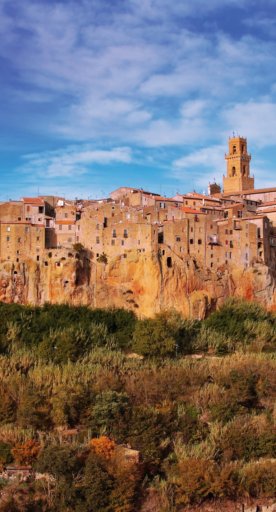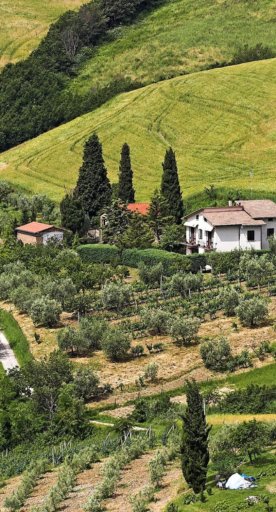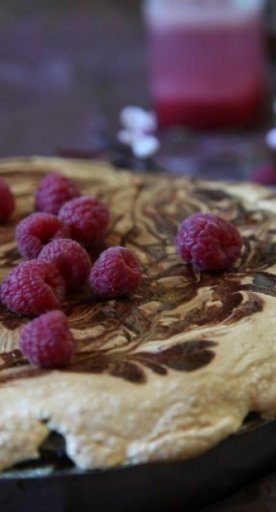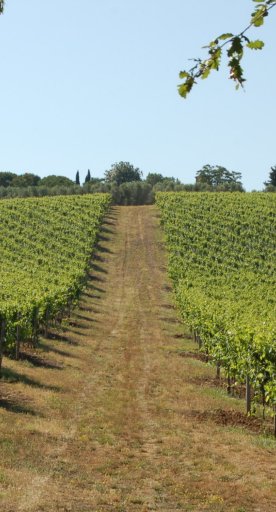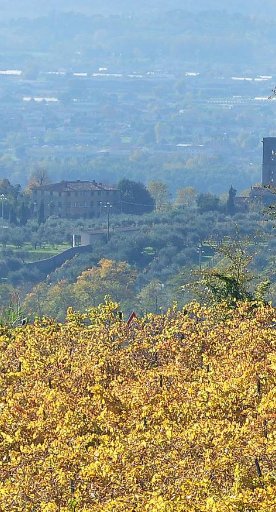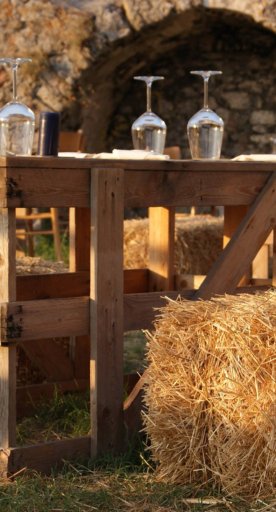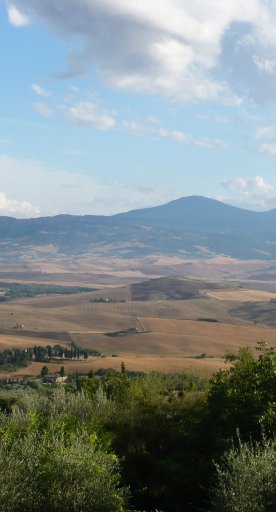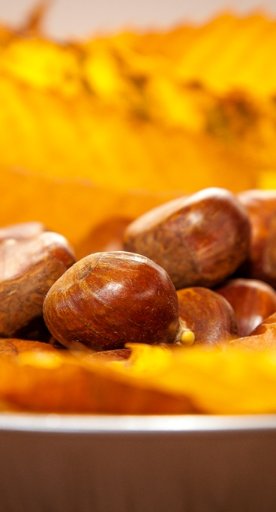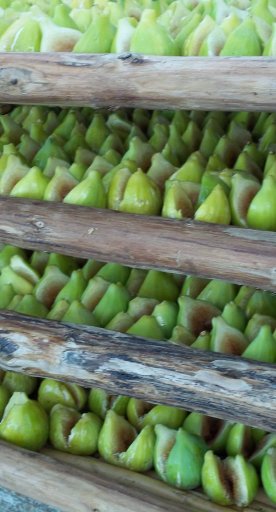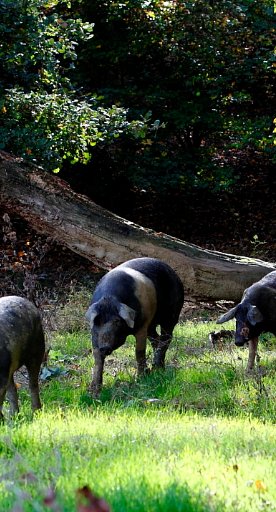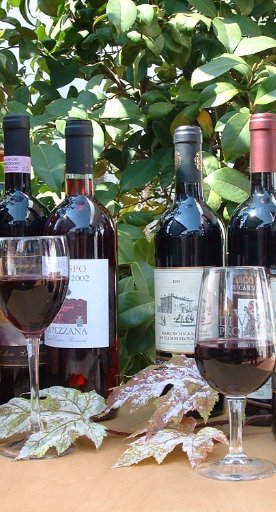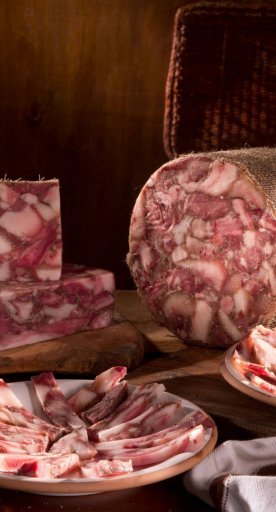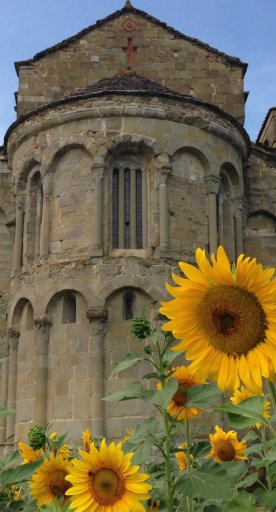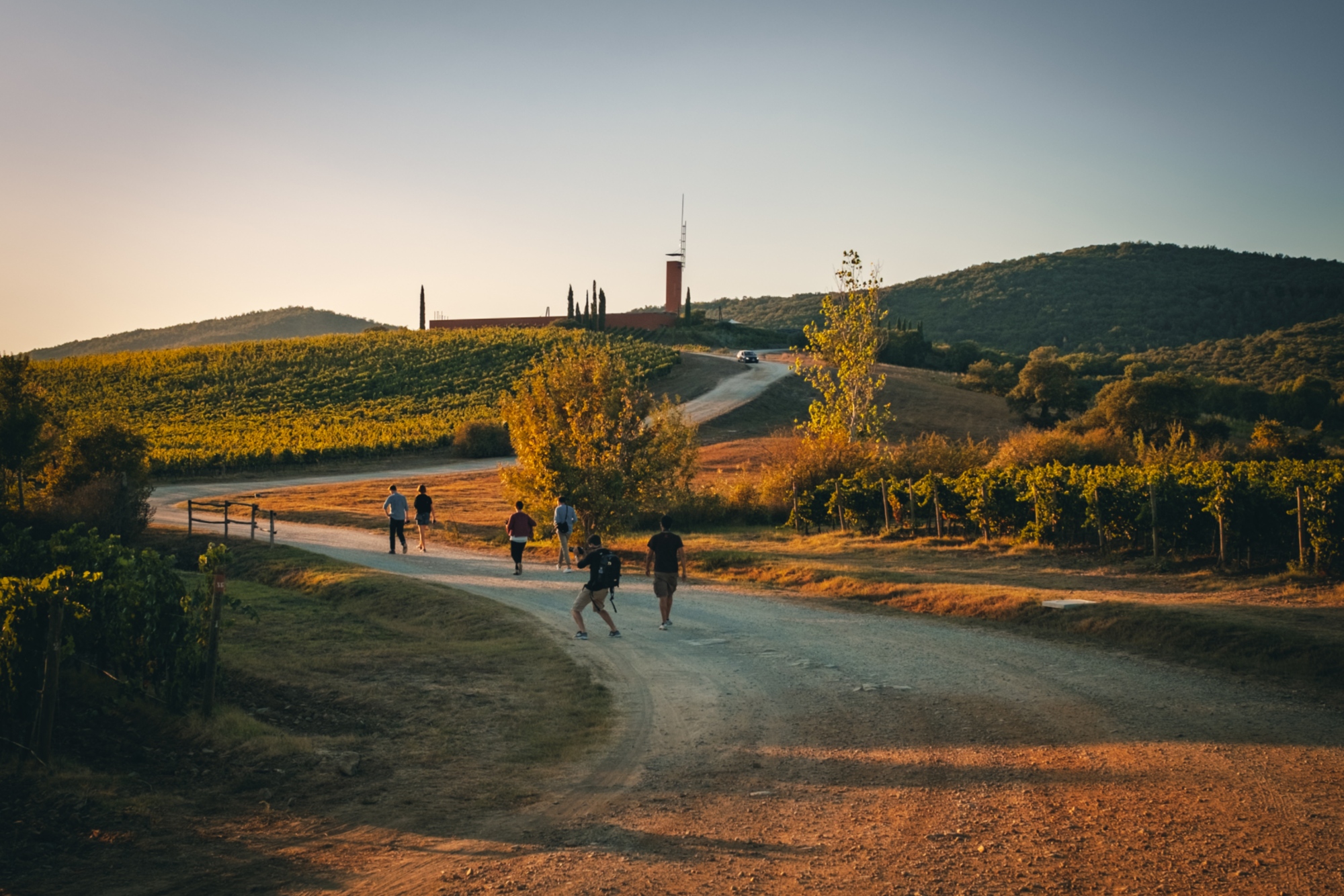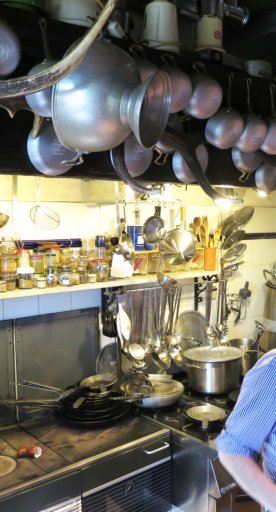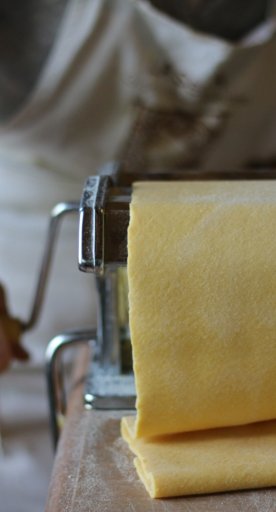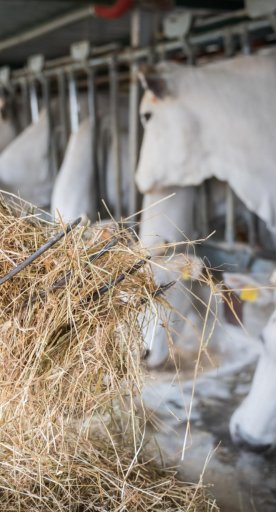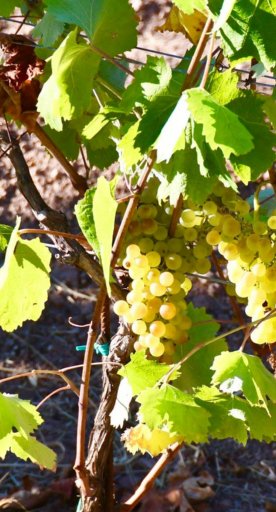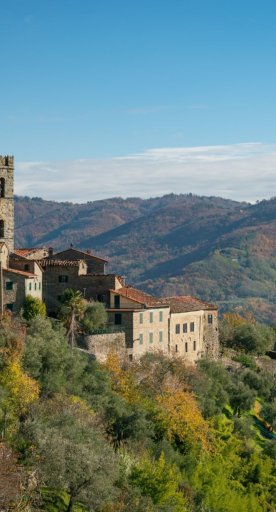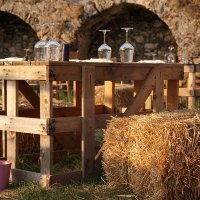Aromatic herbs in Tuscany: uses and peculiarities
Herbs have been used for centuries in Tuscan cuisine, whetting palates and infusing the dishes with an added touch of flavour
Aromatic herbs have always played a central part in Italian cuisine, but not many know that these herbs originate in Tuscany. Indeed, it’s a known fact that herbs grow in valleys and that our region is mostly made up of this type of landscape. As you tour Italy, look up at Italian balconies, where you’ll notice miniature herb gardens brimming with herbs and spices like rosemary, basil, sage, tarragon and parsley, to name a few. These herbs add zest to already exquisite dishes, flavour meat and fish or simply act as a garnish, aesthetically pleasing to the eye and whetting to the appetite. Let’s take a look at several recipes that make use of these aromatic herbs!

Basil, for example, can be found in the classic tomato sauce that Italians call “pomarola”. In Tuscany, it’s used in the traditional “pappa al pomodoro,” and if eaten raw, it can help to fight high cholesterol.
Parsley, on the other hand, is so widespread in its natural state and found in kitchens all over the country that Italians even use it in a playful pun by telling someone: “you’re like parsley, always in the way”. It can be cultivated in home gardens or found growing in the wild, mostly in moist and shady areas. In Tuscany especially, parsley is used fresh and added as a final touch to an already cooked dish.

Sage and rosemary are key aromatic herbs that make meats, potatoes, sautéed vegetables, chickpeas and beans irresistible. Romans considered sage to be sacred as it symbolized the plant of life, and has an enjoyable yet bold flavour that makes a dish appetizing on its own. Rosemary possesses natural properties that help digestion and stimulates relaxation. So next time you take a bath, toss a handful of rosemary branches into the water and you’ll achieve total bliss! Take note: traditional wisdom suggests these herbs not be mixed with other aromatic herbs like parsley, for example.
As far as tarragon is concerned, the Sienese believe that this herb was imported into Tuscany for the first time in 774 by Charlemagne. It’s said that the very first tarragon sauce was his creation, made of tarragon leaves mixed with garlic and paired with bread dipped in vinegar, oil and salt. This goes to show how aromatic herbs in Tuscany serve a dual purpose: not only do they add flavour and zest to dishes, but they also act as nature’s remedy to alleviate health problems in a holistic way.











